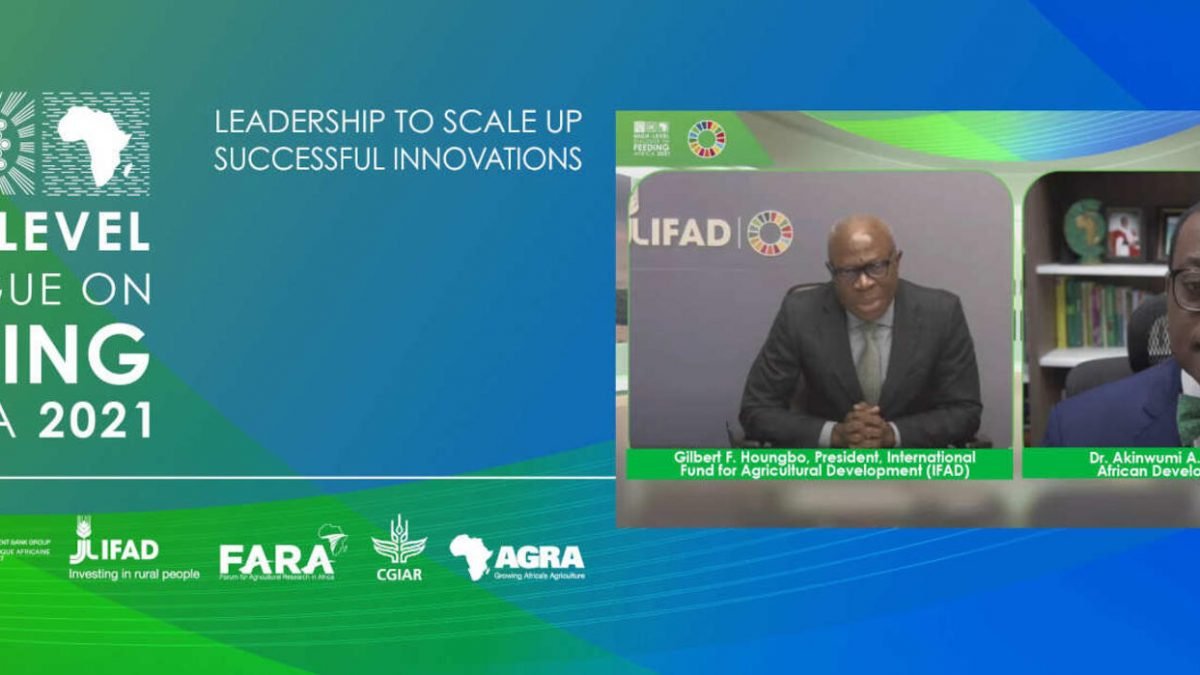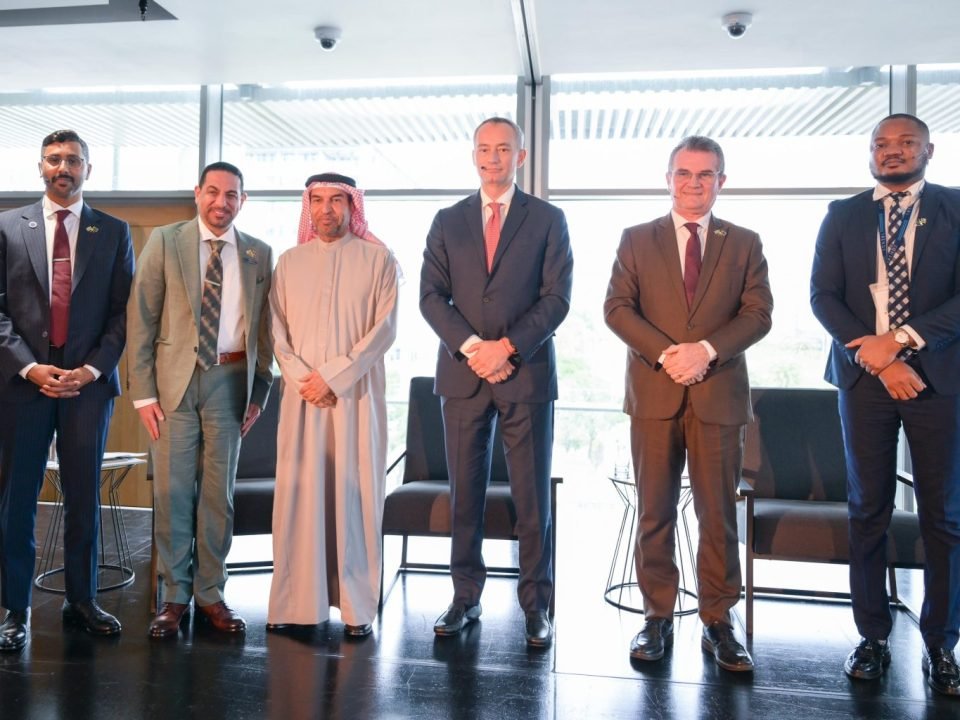Analysis: High Level Dialogues on Feeding Africa

João Paulo Alves – International Analyst and Projects Coordinator at the Brazil Africa Institute
The High Level Dialogues on Feeding Africa have brought up, once again, what is one of the most sensitive and relevant issues for African development: food security. The event was opened by the speeches of Akinwumi Adesina, President of AfDB, Gilbert Houngbo, President of IFAD, and Tony Blair, former Prime Minister of the United Kingdom. The authorities reached the consensus that technology is at the center, and it is the link, of the tripod “agriculture, technology and climate change“, which are all for achieving food security on the continent, as the only ways to ensure that food systems are democratic and sustainable.
Africa has a young population, intense economic growth and 60% of the world’s fertile land. In most developed and developing countries, including Brazil, agricultural development took place gradually and progressively, one step after the other: first, agriculture as a business; then, rural mechanization, development of biotechnology, informatics and agriculture 4.0, and finally green agriculture. In Africa, with technology, there is the opportunity to have a qualitative and quantitative leap, advancing on all these fronts simultaneously, establishing a competitive, modern and ecological agriculture.
The event also featured a Dialogue of Heads of State, focused on intergovernmental cooperation and public policies to combat hunger, conversations about interventions, public policies and good nutrition and food practices, and the signing of a Memorandum of Understanding between FAO and BADEA. The discussions and the speakers were, without exception, emphatic in highlighting technological transformation as the only path to food security on the African continent.
There was often a reminder of the 2014 Malabo Declaration, when African countries pledged to spend 10% of their public budgets on agriculture, to eradicate hunger on the continent. The assessment almost a decade later, however, was moderate: only a small number of countries have actually implemented this commitment, either because of political and economic crises that have compromised availability and resource allocation, or due to the absence of an international mechanism that would guarantee national accountability.
Adesina proposed the creation of a “pan-African financial institution for food security”, whose objective would be the allocation of resources for investments in research and development, for the creation of new technologies of native character, and the support to public policies of production and food distribution, such as school feeding programs. It was emphasized that liquidity would not be a problem today, but that it is necessary – and there are already indications in this direction – that States should inflect their approaches focused on government subsidies, which risk the creation of unsustainable employer systems in the long run, for focused interventions. in making agricultural markets viable, with private sector entrepreneurship as the engine.
Some key programs that address food insecurity at the continental level were presented by the ADB, demonstrating a commitment to the aforementioned tripod:
- TAAT – Technologies for African Agricultural Transformation (technologies)
- CCADP – Comprehensive African Agricultural Development Program (agriculture)
- AAAP – African Adaptation Acceleration Program (climate change)
- GAFSP – Global Agriculture and Food Security Program
Africa has kept food security at the top of its agenda, giving rise to projects and actions of all kinds to address this problem, which is a structural barrier to economic progress in these countries. The situation of food insecurity on the continent has not followed the global trend of improvement, and population growth masks the absolute increase in individuals in situations of malnutrition and obesity. In this new decade, with the arrangements in place and the resources available, Africa must move from planning to action, eradicating hunger by 2030 to find solid socio-economic development by 2050, when it is estimated that its population will have doubled.




